Exploring Identity Through African Art: Perspectives and Techniques
Prologue: Scrutinizing Selfhood Through African Artistry: Facets and Methodologies
The realm of African art provides a rich tapestry for Exploring Identity Through African Art. It has long been a conduit for cultural expression, connecting people to their roots and fostering a sense of belonging. This essay delves into the dynamic relationship between African art and the many dimensions of identity it encapsulates. Through an examination of diverse artistic techniques, the impact of African art on global artistic and cultural landscapes will be unveiled. The journey begins with an exploration of the nexus between identity and African art and the pivotal role it plays in self-discovery. This exposition is divided into three sections, beginning with a prologue, delving into the main corpus, and concluding with an epilogue.
The heart of this journal is the main corpus, which will delve into the artistic approaches of African art, their unique mediums, and the interconnectedness of aesthetics and symbolism. This section will also touch upon the spiritual expression and ancestral connections that African art fosters, as well as the societal roles it plays in communal cohesion. To further illustrate the concepts, multiple case studies of exemplary African artists and their oeuvre will be presented. The journey will culminate in a conclusion that recaps the main insights gleaned from the exploration, and the implications of African art on global artistic and cultural landscapes. Ultimately, the reader will be encouraged to engage in further inquiry into the depths of African art and identity exploration.
Main Corpus: Exploring Identity Through African Art
Artistic Approaches in African Art
Diverse Mediums: Sculpture, Painting, and Textiles
African art encompasses a wide range of mediums, including sculpture, painting, and textiles. Each of these forms allows artists to express their unique perspectives and explore their identities in different ways. Sculpture is a powerful medium, often used to represent ancestors, deities, or important figures within a community. Painting, on the other hand, allows for more abstract expression, with vibrant colors and intricate patterns conveying deep symbolism. Textiles are another essential aspect of African art, with fabrics like kente cloth from Ghana and mud cloth from Mali showcasing the rich cultural heritage of the continent.
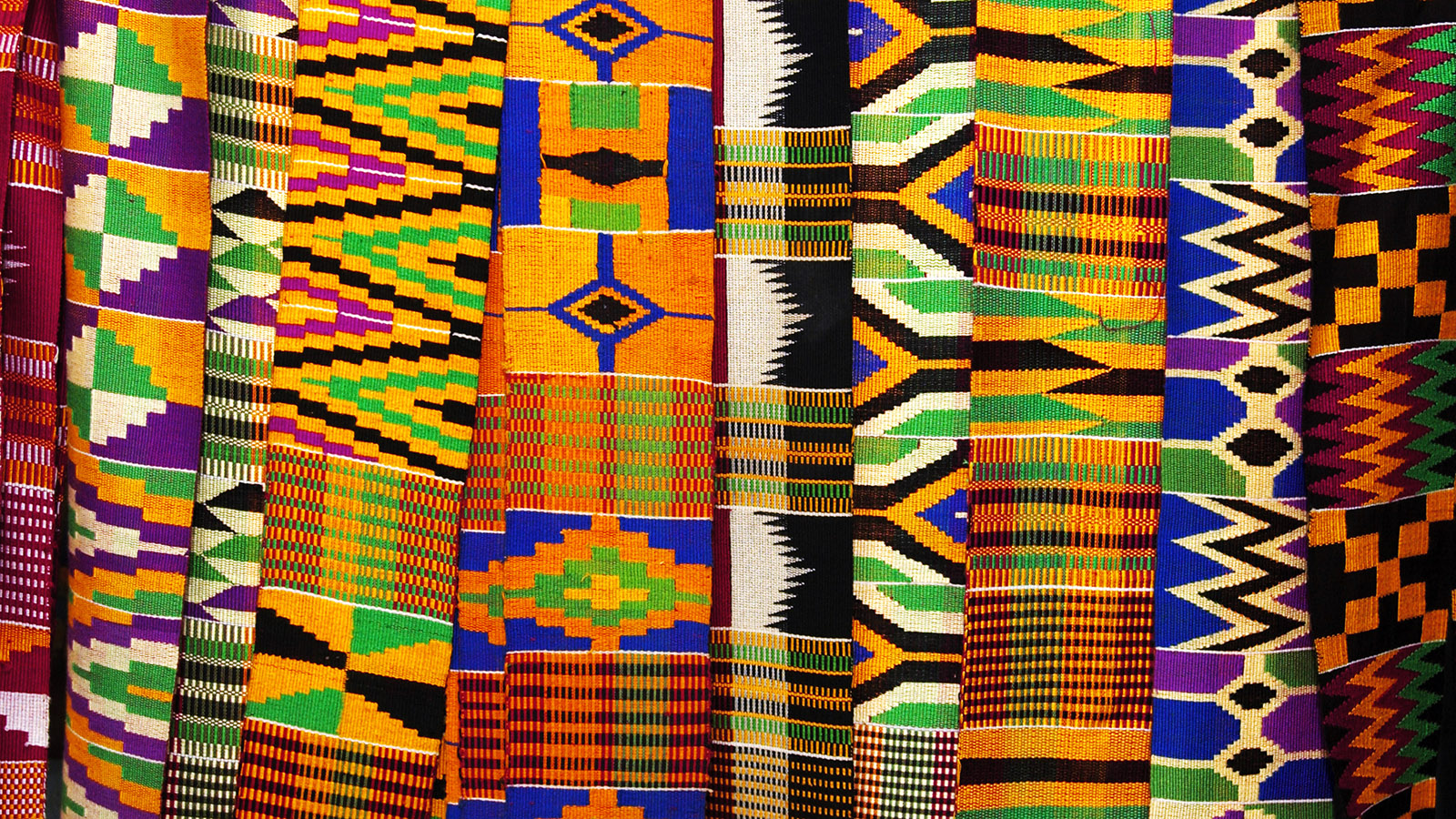
Interconnectedness of Aesthetics and Symbolism
African art is characterized by a strong interplay between aesthetics and symbolism. Each piece is imbued with layers of meaning, which may be spiritual, historical, or social in nature. This interconnectedness allows for a deeper exploration of identity through African art, as viewers can interpret and connect with the artworks on multiple levels.
Implementing Natural Elements and Resources
Incorporating natural elements and resources is a common theme in African art, as it serves to reinforce the connection between the artist, their community, and the environment. Materials such as wood, clay, metal, and natural dyes are used in various forms of African art, further emphasizing the intimate relationship between the art and the people it represents.
Exploring Dimensions of Identity
Spiritual Expression and Ancestral Connections
African art has long been a vehicle for spiritual expression and a means of connecting with one’s ancestors. Through the creation and veneration of sculptures, masks, and other sacred objects, artists and communities establish a connection to the spiritual realm, reinforcing their sense of identity and belonging. This exploration of identity through African art is rooted in a deep understanding of the interconnectedness of the physical and spiritual worlds.
Societal Roles and Communal Cohesion
Another important aspect of Exploring Identity Through African Art is the role it plays in societal structures and communal cohesion. African art often serves as a means of communication, expressing shared values, beliefs, and experiences within a community. It can also reinforce social hierarchies and demonstrate the importance of collective identity. By engaging with these artistic expressions, individuals can gain a deeper understanding of their place within the broader community and strengthen their sense of belonging.
Personal Narratives and Self-Expression
Beyond its spiritual and societal dimensions, African art provides a platform for personal narratives and self-expression. Artists can explore their own identities through the creative process, expressing their thoughts, emotions, and experiences in a tangible form. This exploration of identity through African art allows for a deeper connection between the artist and their audience, fostering empathy and understanding.
Case Studies: Exemplary African Artists and Their Oeuvre
Yinka Shonibare: Fusion of African and European Aesthetics
Yinka Shonibare, a British-Nigerian artist, masterfully blends African and European aesthetics in his work, addressing themes of cultural hybridity, colonialism, and identity. By incorporating traditional African fabrics and patterns into his sculptures and installations, Shonibare challenges preconceived notions about cultural authenticity and encourages viewers to engage in a deeper exploration of identity through African art .
El Anatsui: Transforming Discarded Materials into Intricate Textiles
Ghanaian artist El Anatsui is renowned for his innovative use of discarded materials, such as aluminum bottle caps and copper wire, which he transforms into intricate textiles resembling traditional African fabrics. Through this creative process, Anatsui explores themes of consumerism, waste, and the interconnectedness of global cultures. His work encourages viewers to reflect on their own identities in relation to the broader world.
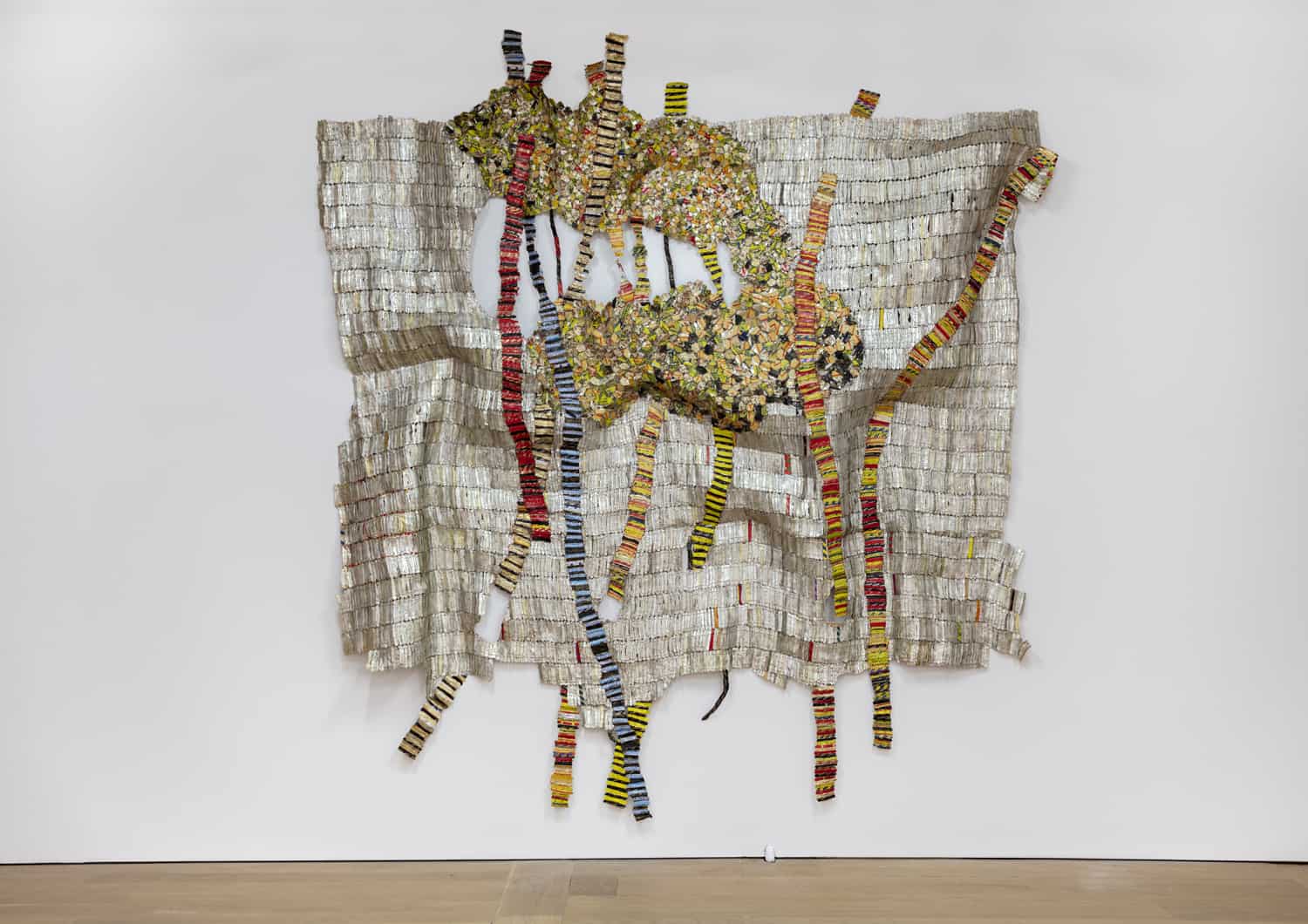
Wangechi Mutu: Confronting Gender, Race, and Cultural Hybridity
Kenyan-born artist Wangechi Mutu is known for her provocative multimedia works that address issues of gender, race, and cultural hybridity. Through her unique visual language, Mutu challenges conventional representations of African women and encourages viewers to question their own assumptions about identity. Her work serves as a powerful example of the potential for African art to spark critical conversations and promote self-reflection.
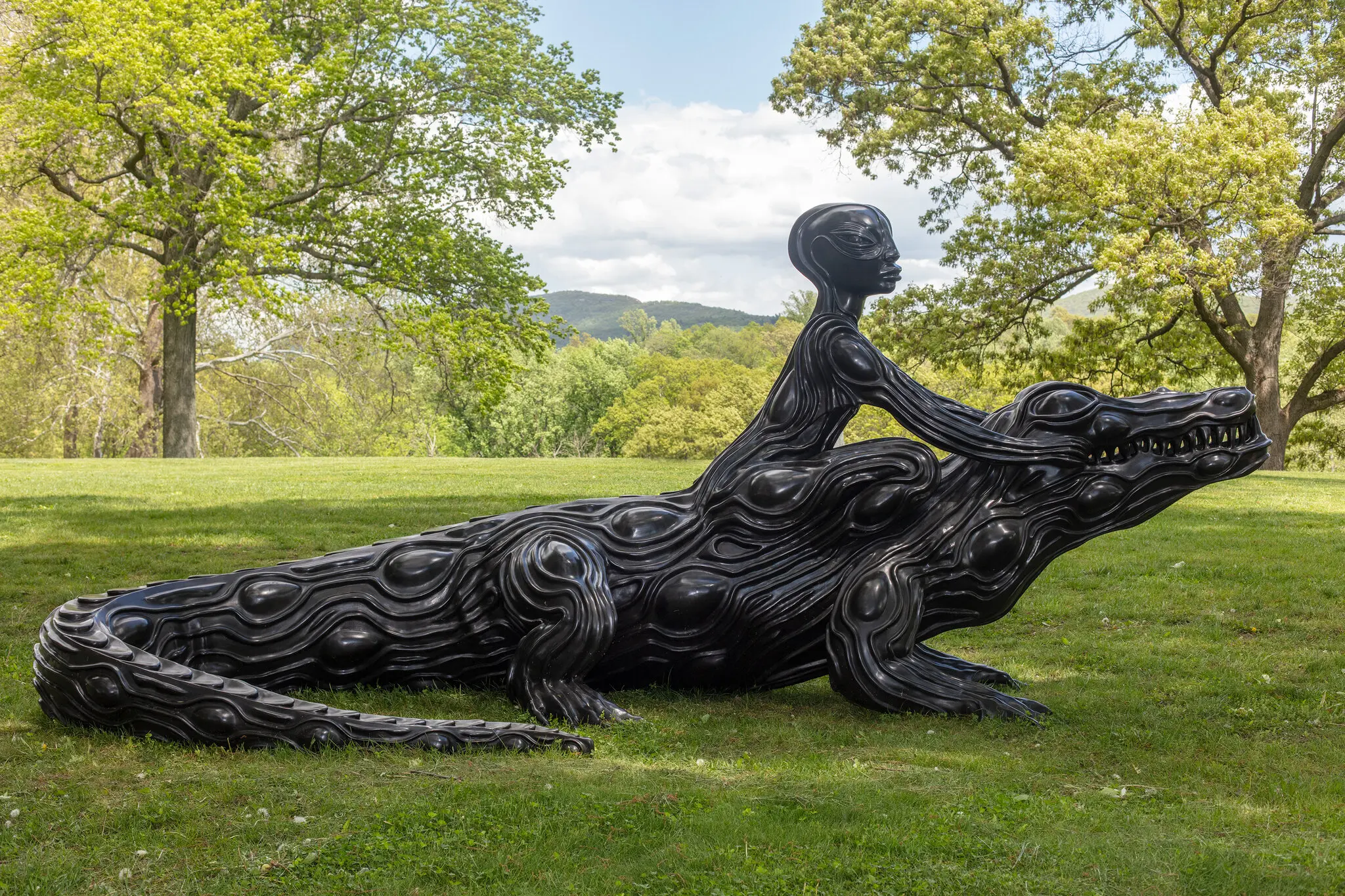
Epilogue: The Impact of African Art on Global Artistic and Cultural Landscapes
Recapitulation of Main Insights
In exploring identity through African art, it is clear that the diverse artistic techniques, spiritual expression, and personal narratives found within the medium provide a rich tapestry for understanding the complexities of human identity. The case studies of exemplary African artists, such as Yinka Shonibare, El Anatsui, and Wangechi Mutu, further demonstrate the power of African art to engage viewers on multiple levels and provoke critical thought.
Implications of African Art on Global Artistic and Cultural Landscapes
The impact of African art on global artistic and cultural landscapes is undeniable. By challenging conventional notions of aesthetics, symbolism, and identity, African art has expanded the horizons of artistic expression and paved the way for new forms of creative exploration. It has also fostered greater understanding and appreciation of diverse cultures, contributing to a more inclusive and empathetic global community.
Encouraging Further Inquiry into the Depths of African Art and Identity Exploration
In conclusion, the exploration of identity through African art is a journey that transcends borders, cultures, and time. It is a testament to the power of art as a universal language that can connect us all. By engaging with African art and
embracing its diverse forms, techniques, and themes, we can gain a deeper understanding of ourselves and the world around us. As we continue to engage with and appreciate the richness of African art, we are encouraged to delve deeper into its depths and explore the many facets of identity that it so masterfully portrays.
The future of African art lies in the hands of artists who will continue to push boundaries, challenge conventions, and create works that speak to the human experience. By supporting their endeavors and fostering a greater appreciation for their contributions, we can ensure that the exploration of identity through African art remains a vital and enriching part of our global cultural heritage.
As we move forward, let us continue to explore and appreciate the beauty, depth, and complexity of African art, and embrace its power to spark conversation, evoke empathy, and inspire us all to reflect on the multifaceted nature of identity. Through this journey, we can foster a greater understanding of ourselves and the world around us, enriching our lives and promoting a more inclusive and empathetic global community.
To learn more about African art and its impact on global artistic and cultural landscapes, visit the Museum of Modern African Art (MoMAA) at https://www.momaa.org. Here, you can discover the latest news, exhibitions, and insights into the world of African art, as well as delve into the fascinating stories of the artists who are shaping its future. By engaging with and supporting the work of these talented individuals, we can ensure that the exploration of identity through African art continues to thrive and inspire generations to come.
Further reading:
The Future of African Art Education: Developing Talent and Shaping Careers
MOMAA Journal


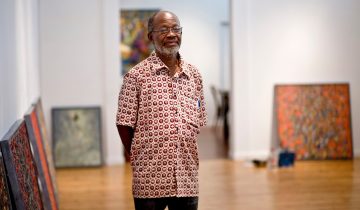
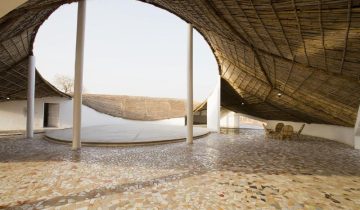
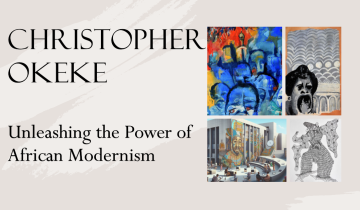
 No products in the basket.
No products in the basket.